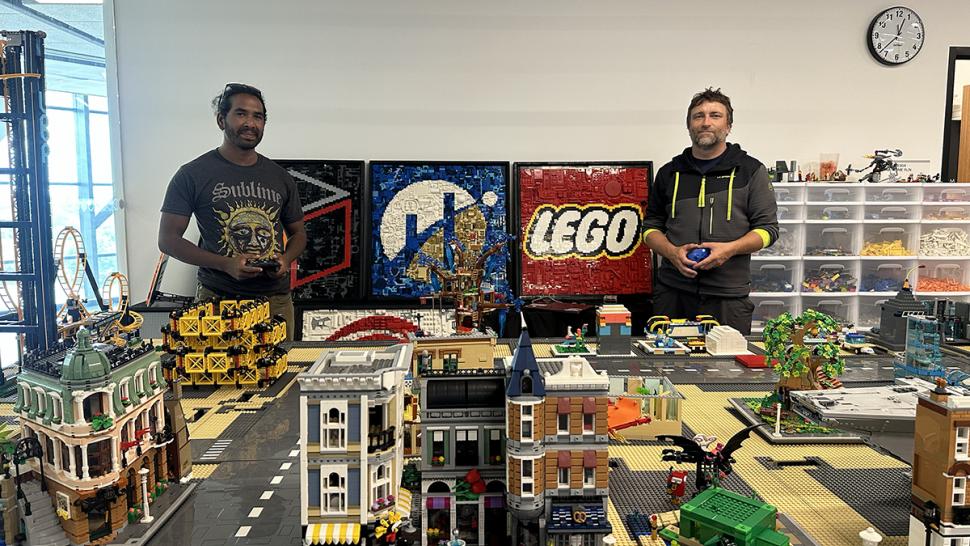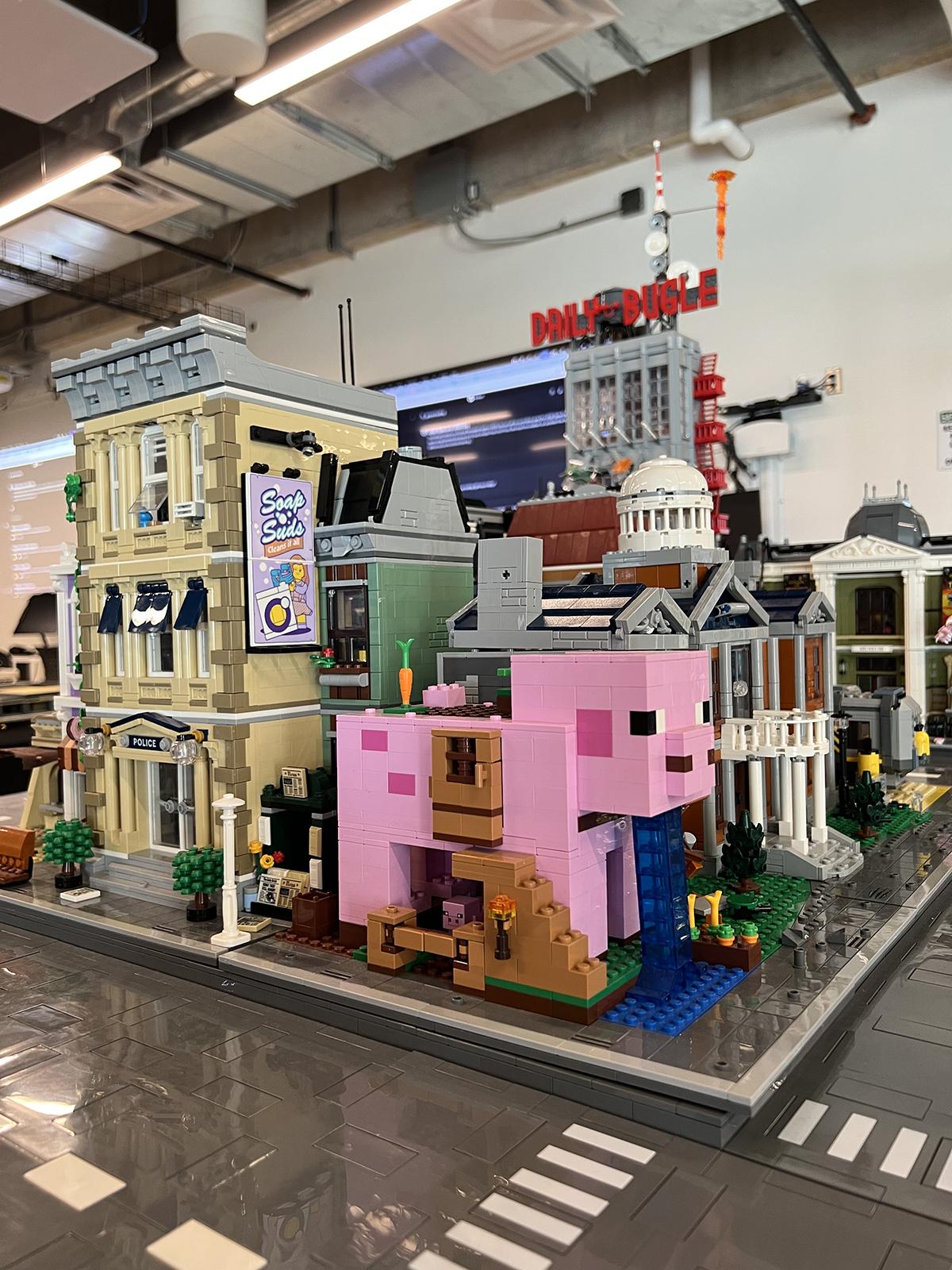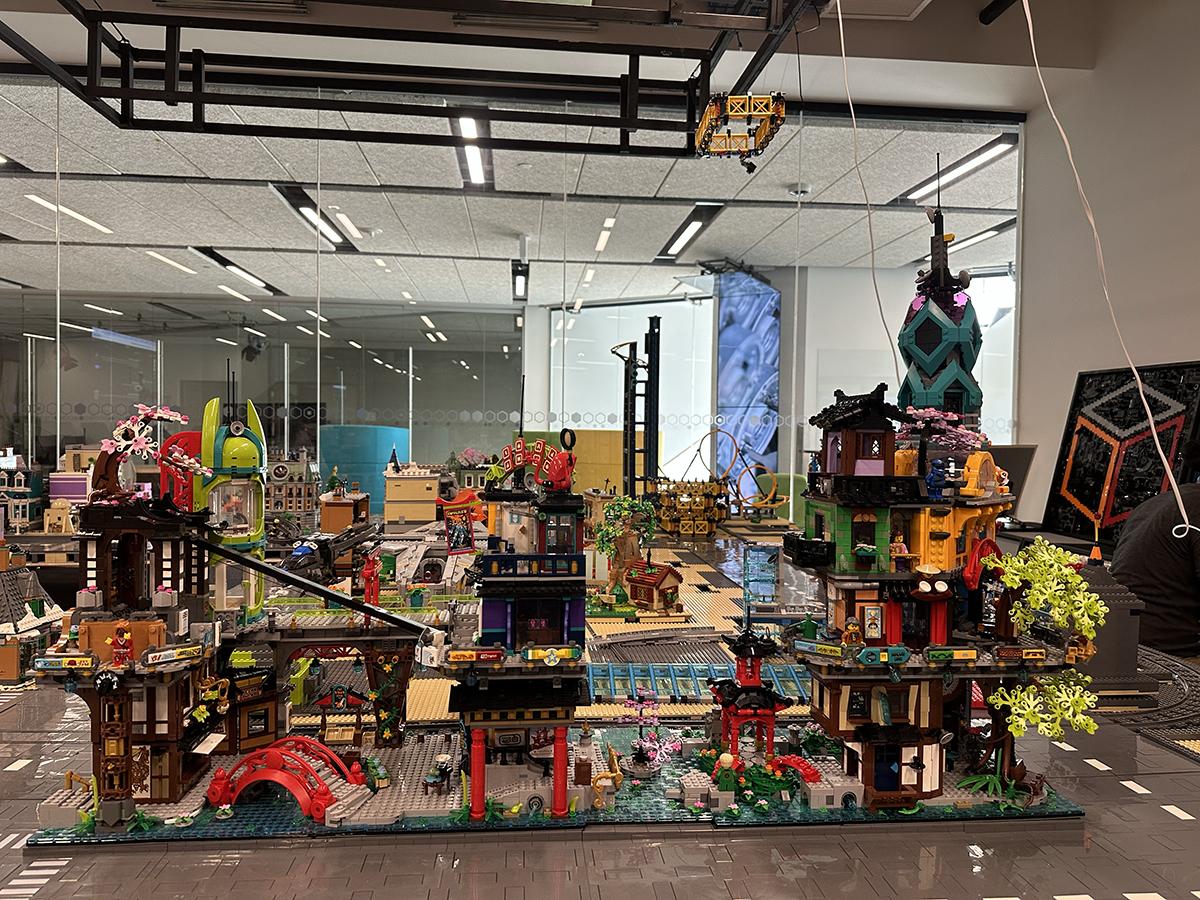
LEGO, the popular plastic building blocks, have been entertaining and educating children and youth for generations and Humber Polytechnic is continuing that proud tradition with the LEGO City project.
The project, which started a few years ago, is the first of its kind, says Humber professor Adam Thomas. Although there are other cities, the one located at the Barrett Centre for Technology Innovation is unique for how it’s being used in education.
Thomas was looking for a way to bring his Web Development program coding off the screen and into the real world. Thomas settled on robotics as it allows the students to grasp the fundamentals easier when they see it in real life.
“What I really like about the smart city project is that it forces students to solve existing problems using new solutions, not look up how it's been done before,” said Thomas, adding the project involves contributions from students from 11 other Humber programs.

The students are building a variety of skills including front-end and back-end programming languages, Artificial Intelligence (AI) and Machine Leaning, the Internet of Things, application programming interfaces plus blockchain and cryptocurrency.
A physical city is being built using a range of LEGO kits – a smorgasbord that includes superheroes and fantasy realms set up next to each other. There is a functional GPS system hanging above the city, an AI generated radio station (called Lively) that reports on actual city traffic, and autonomous driving cars and trains. In the works is a cryptocurrency (called Loot) created by students that will provide the smart city with the tools to simulate an economy. Cars will be paid to deliver packages and charged to recharge their batteries or use the lifting bridge.
The project team hopes to have it operating as an autonomous city within six to 12 months. Thomas has been to many different conferences and events where LEGO cities exist but said none are being used to promote coding in a similar fashion.
The Humber project is attracting interest from students from a variety of programs. For example, the Public Relations (PR) program had a capstone project where they simulated real-world disasters in LEGO City and the PR students had to react to them. Electrical Engineering Technology students built special cables and wireless charging stations for the project while Bachelor of Industrial Design students built the project’s control panel. Even Architectural Technology and Journalism students have been enlisted to share their expertise on city building and the radio station, respectively.
“What we find is that the students who do want to get involved are more engaged with the project while developing their skills,” said Thomas, noting it also provides students the opportunity to personalize their learning journey.

Students with no previous coding experience can contribute to some of the basic projects at a basic level while students with more experience can contribute to the more complicated projects or lead a team. The project also provides students the opportunity to work with code they did not write, a skill that is often found lacking in coding academia.
The project has employed more than 10 paid student positions with more than 4,000 hours contributed by students and 70 per cent of the code written by the students.
Thomas sees the Smart City as a project that will continue to grow and develop once it’s up and fully operational - and one that’s helping put Humber on the map for creativity.